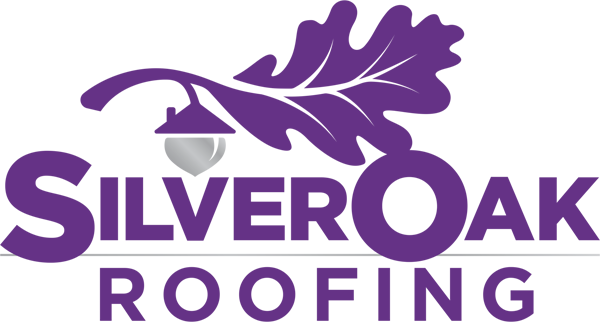
Debris Dilemma: Strategies for Managing Debris on Oakville Roofs
Jan 8
1 min read
0
4
0
Fall brings beautiful foliage but also a significant amount of debris that can impact your roof. At Silver Oak Roofing, we help homeowners manage and mitigate debris-related roofing issues.

Understanding Debris Impact
Types of Debris
Fallen Leaves: Accumulate and decompose, retaining moisture and damaging shingles.
Small Twigs and Pine Needles: Similar to leaves, they can create dams and retain moisture.
Larger Organic Matter: Branches and nuts from nearby trees add to the debris load.
How Debris Damages Roofs
Moisture Retention and Decomposition
Moisture Retention: Debris retains moisture, leading to the decomposition of roofing materials.
Shingle Damage: Asphalt shingles, protected by granules, lose their effectiveness as debris decomposes and wears away these granules.
Water Runoff Issues
Water Dams: Accumulated debris blocks water flow, causing water to back up under shingles.
Water Damage: Trapped moisture can lead to mold and rot in roofing materials and the underlying structure.
Preventive Measures
Regular Debris Removal
Manual Removal: Use your hands, a blower, or a soft brush to clear debris.
Professional Assistance: For steep roofs or difficult access, contact professionals like Silver Oak Roofing.
Scheduled Inspections
Post-Fall Inspections: Conduct thorough inspections after the fall season to ensure no debris is left to cause damage.
Routine Maintenance: Regularly scheduled roof maintenance helps identify and address potential debris issues early.
Conclusion
Managing roof debris is essential for maintaining the integrity and longevity of your roof. Regular cleaning and professional inspections can prevent significant damage and ensure your roof remains in optimal condition.
For more information on protecting your roof from wind damage, click here.






